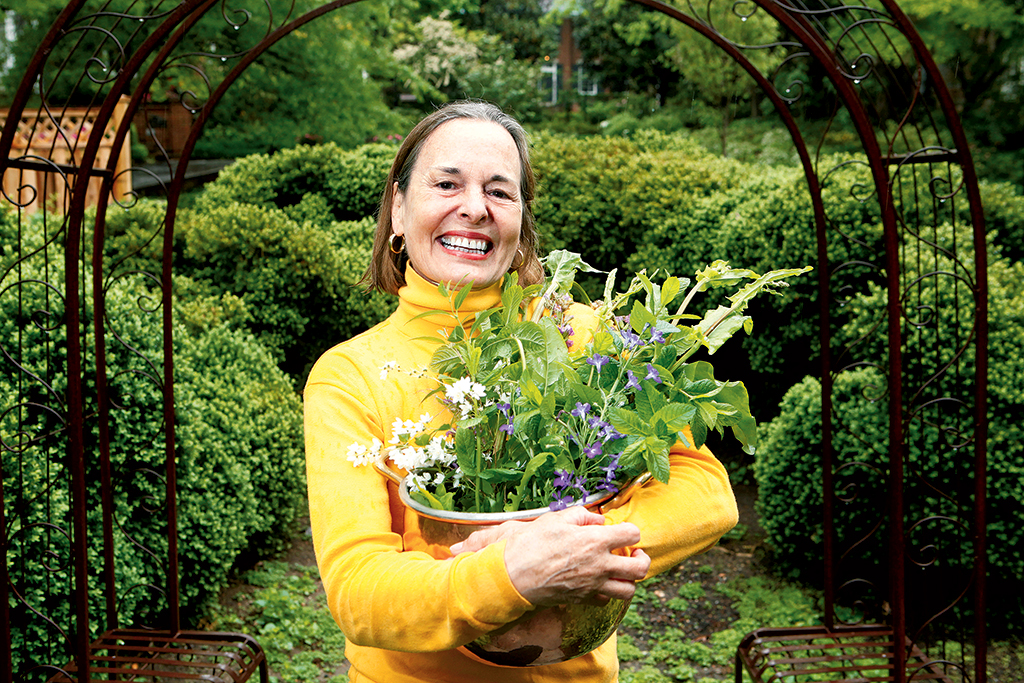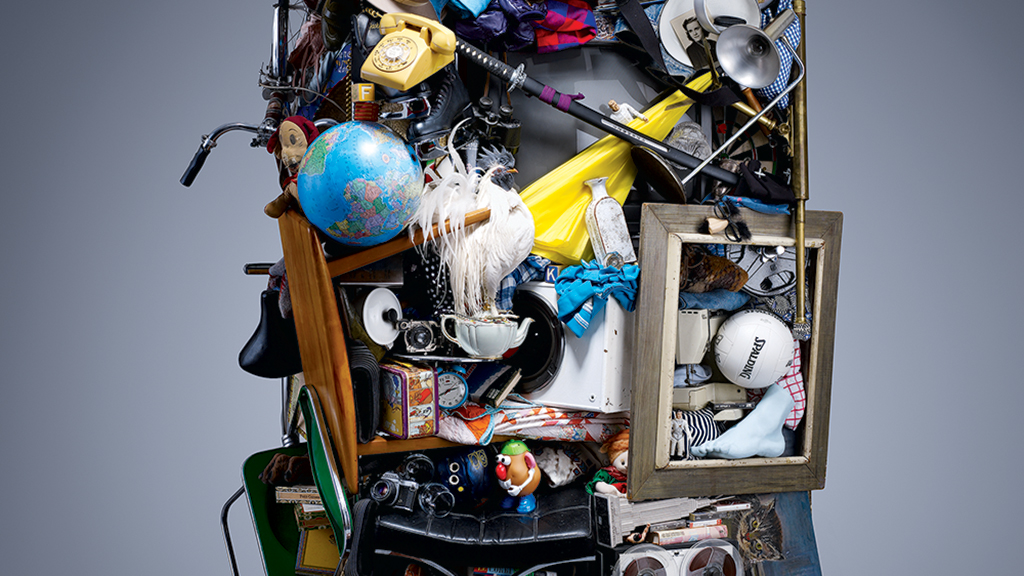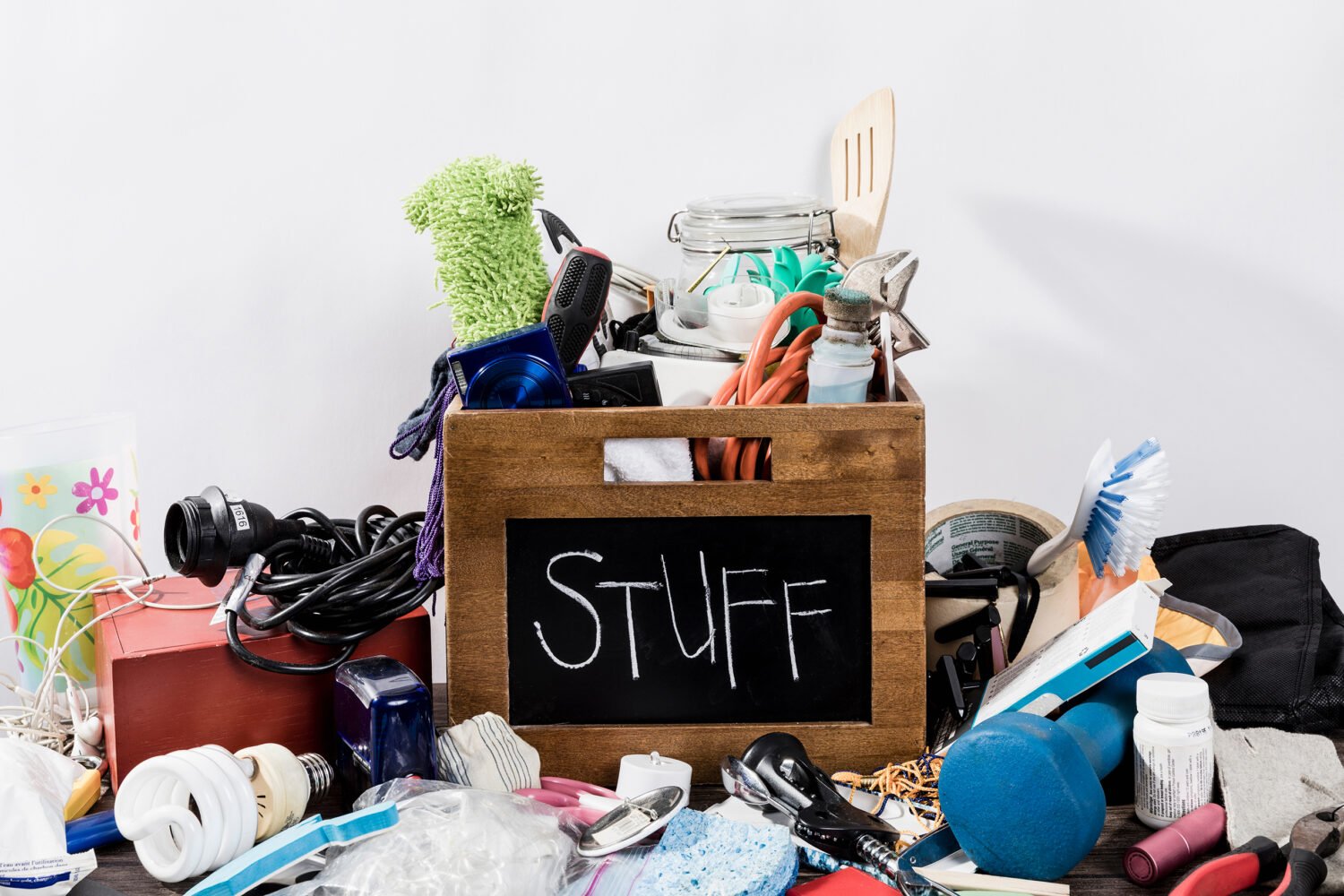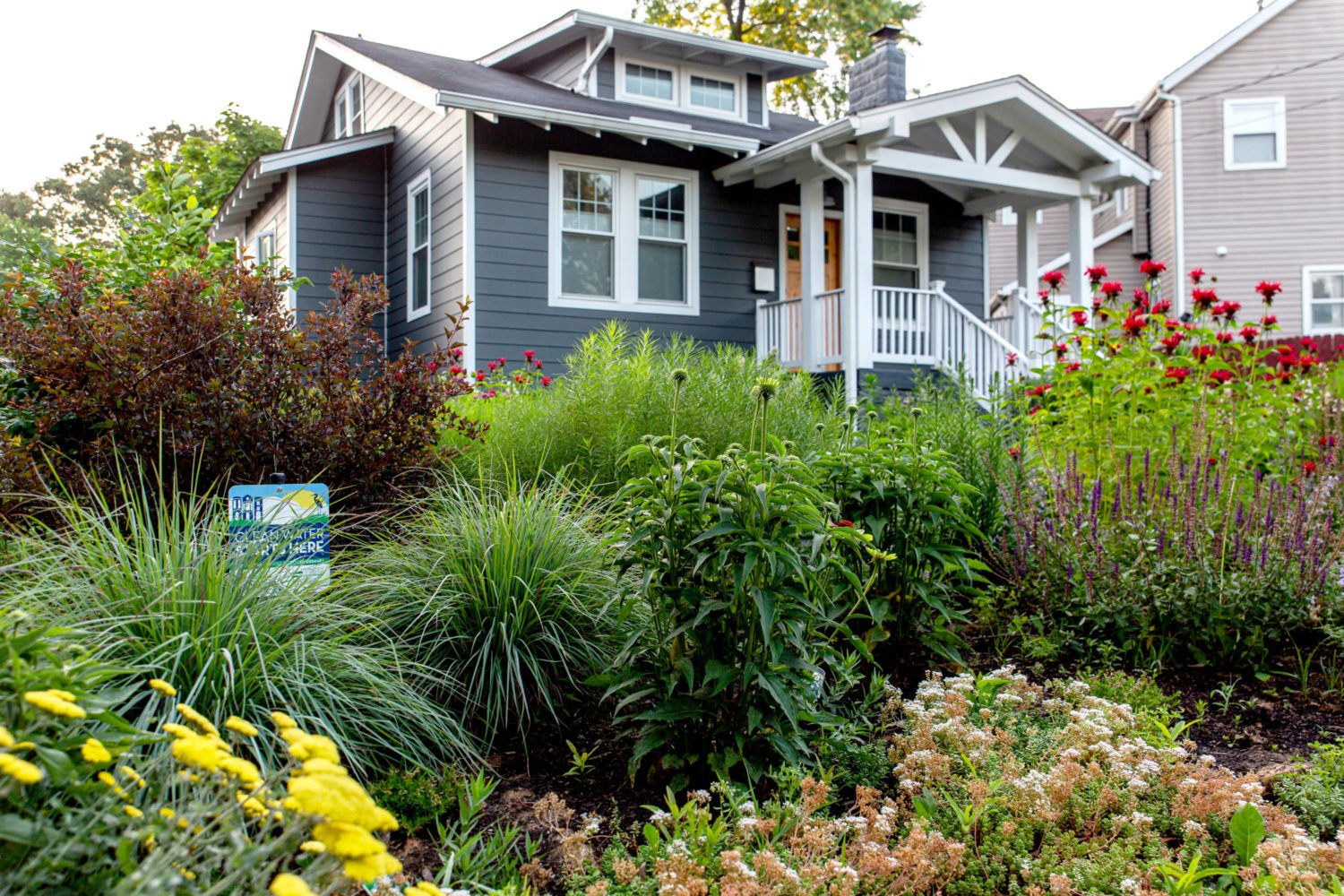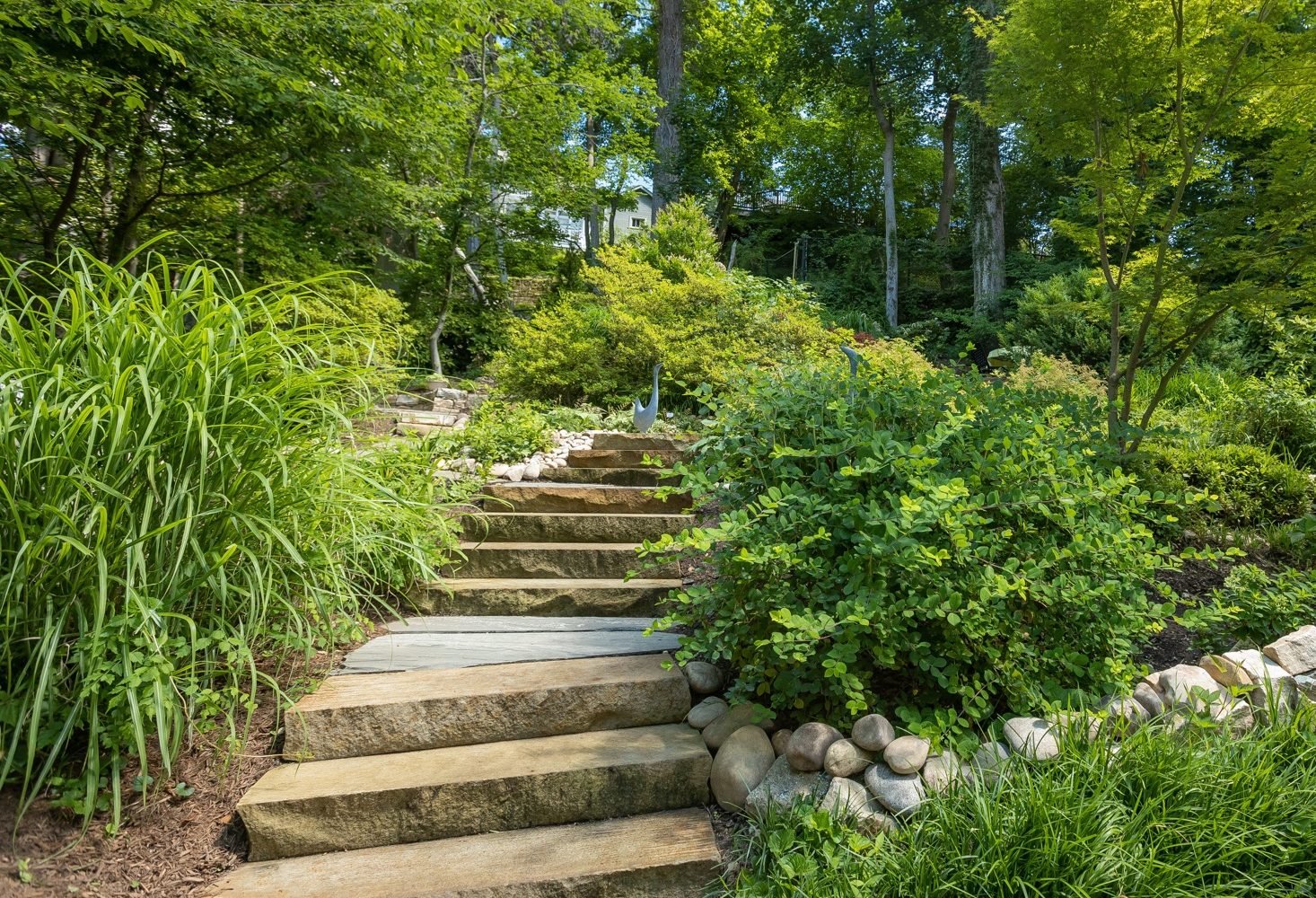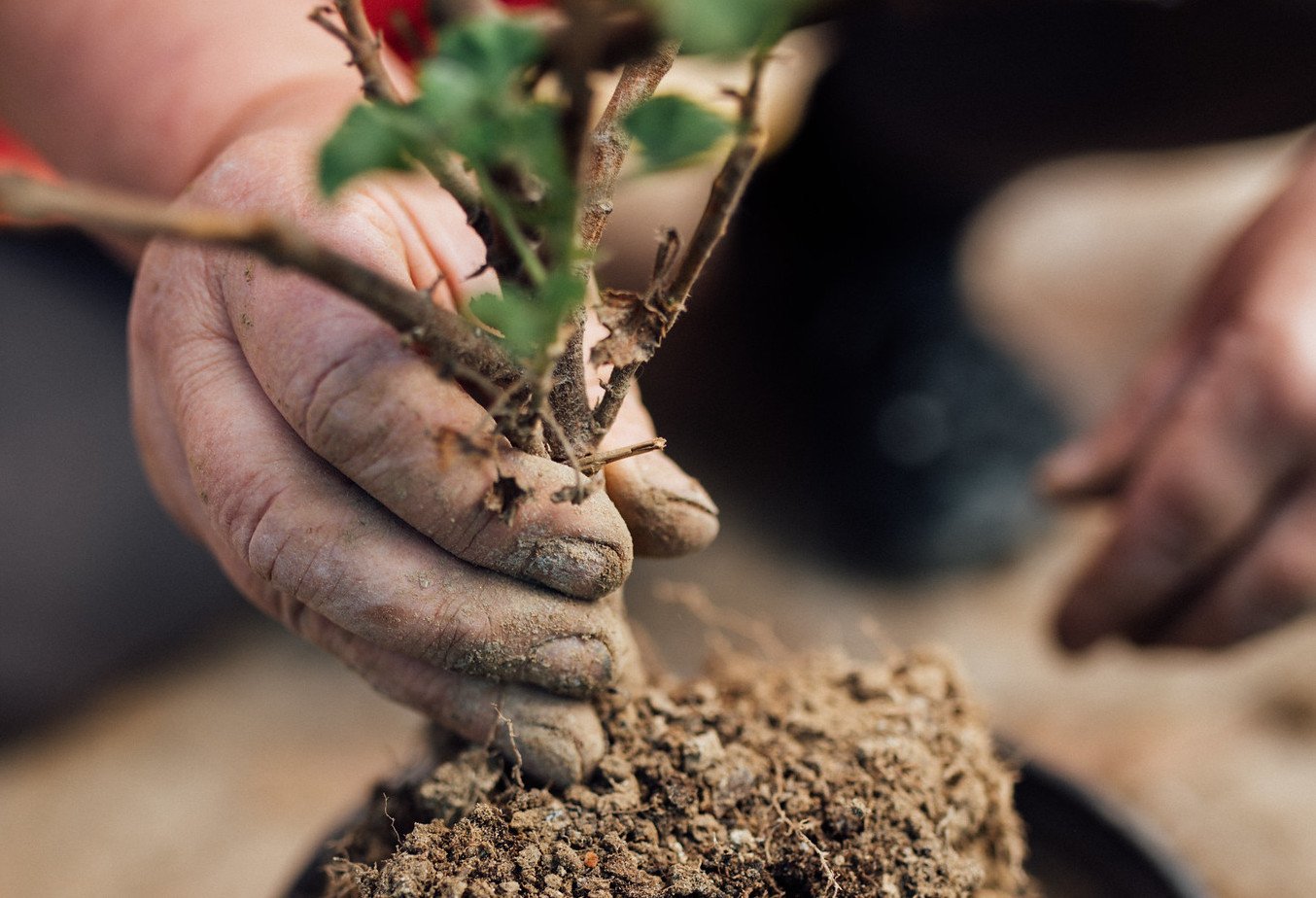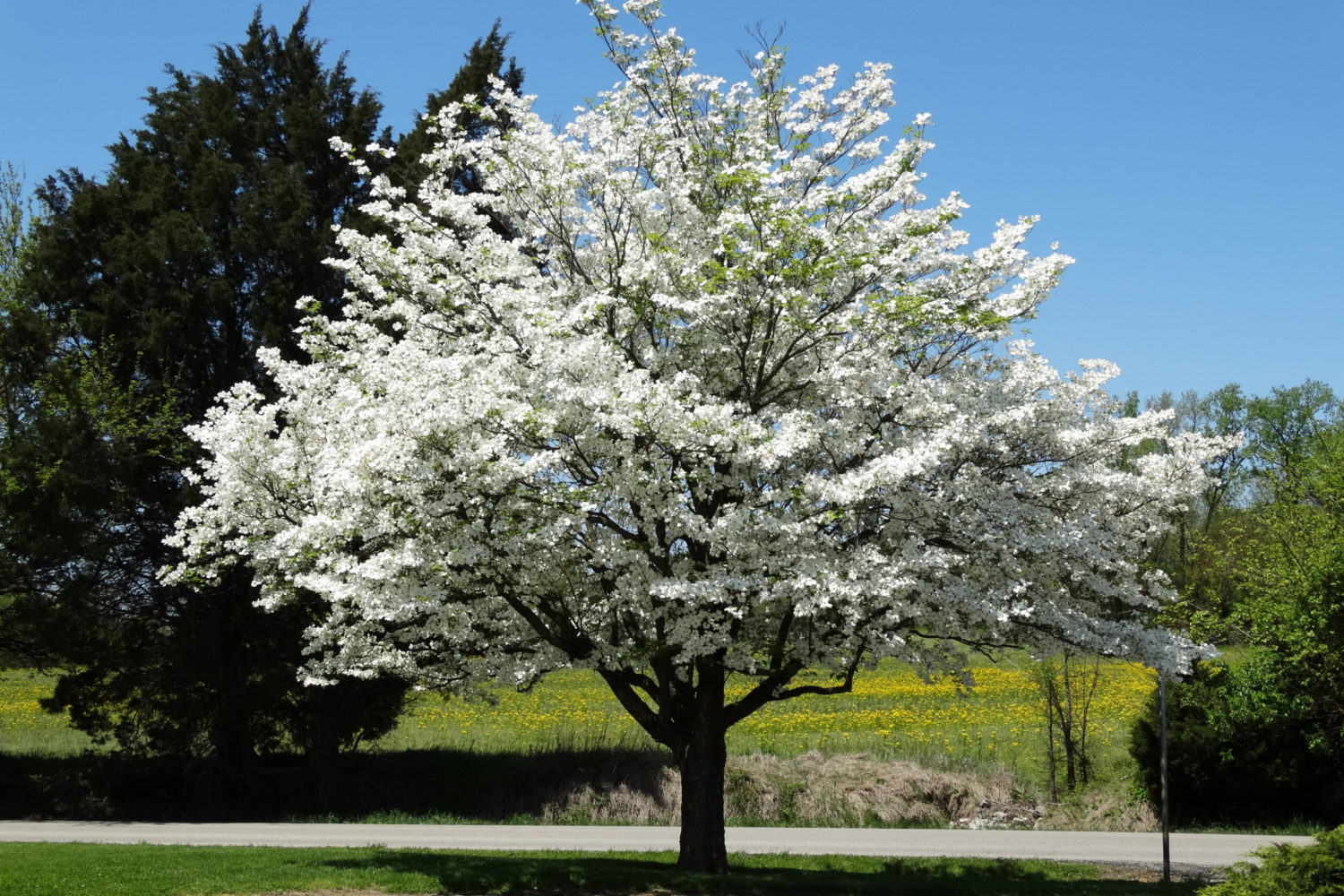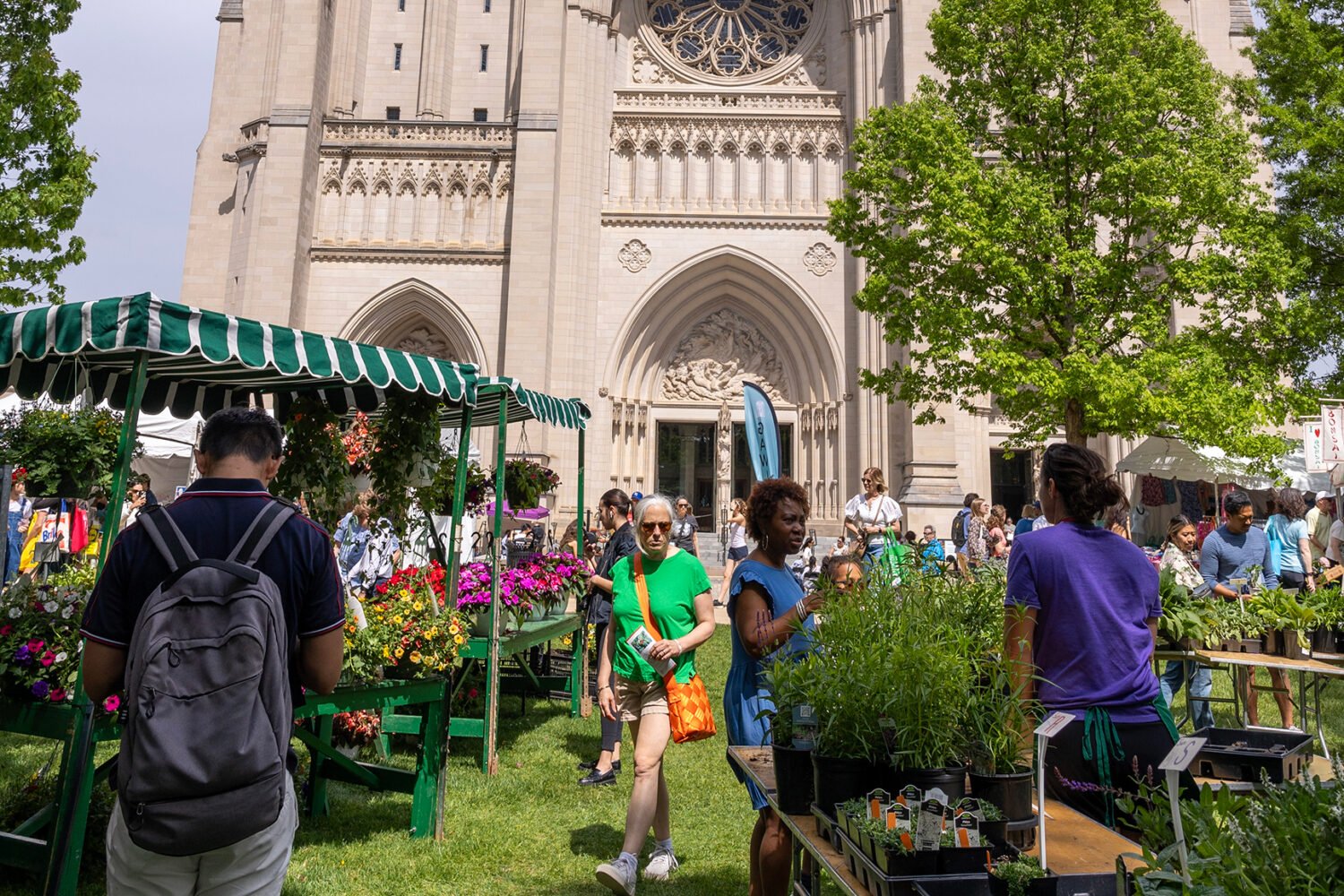Years before Michelle Obama made home-kitchen gardens cool, Chris Coppola Leibner was tending the one at her Woodley Park house and espousing the virtues of freshly picked produce. Leibner isn’t a formally trained chef—she proudly reiterates to her cooking students that she’s “a home cook,” which is what she hopes they become, too.
Leibner worked in restaurants throughout college and grad school, then apprenticed unpaid in the Palm’s kitchen downtown when her kids were young. She started her cooking school, Just Simply…Cuisine—which she runs out of her house—in 1995 while training for a marathon. “I was running on the towpath one day,” she explains. “I was seeing so many people working out really hard. I said to myself, ‘I wonder what everyone’s gonna eat today.’ ”
She decided she could teach Washingtonians that thinking about what you eat is just as important as exercise—and all the better if you can grow some of your own ingredients.
In your classes, you explain where all the ingredients come from. Why is that so important?
It causes you to pay more attention to your connection with what you eat—your relationship with food. People lose touch with how food is treated, how animals are raised, how wheat is grown, how far food travels. All of that impacts the environment, which impacts the world. If I had to choose between organic and local, I’d go local. Most local farmers are organic. They just haven’t gone through the official process. It’s expensive to go through it.
What’s in your garden right now?
This is our favorite time of year. We planted peas on St. Patrick’s Day—we feel like it’s good luck. We have sorrel, lettuces, spinach, kale. We have perennial herbs like sage, lavender, mint, chives, thyme, and rosemary. We have lots of arugula. And we have cilantro; although it’s used in so many Southwestern and Latin dishes, it likes the cool weather to grow in. We prune back our perennial herbs before March, and they’re all coming up beautifully now.
What advice would you give to a beginner who wants to grow an edible garden?
It’s all about the dirt. If you have nutrients in your soil, then you’re going to produce a much more nutritious plant. I would suggest starting with herbs, and not to do too much at once. I would start with some perennial herbs—and parsley, which is a biannual—and some annual herbs like basil. Learn how to take care of those first. Don’t be overzealous, because then you’ll become a slave to your garden and you’ll turn away from it. Start small and evolve with your garden.
How do you get more nutrients into your dirt?
Leaf compost is good. You can purchase it at garden centers. We compost ourselves—all of our kitchen waste is composted. We work that into our garden beds every spring. As soon as the soil has thawed [in March], I’ll start working the compost into the beds, turning the soil, start designing where I want things to go. It’s important to change up where things grow every year so you’re not draining the same nutrients out of the same places, because certain plants like certain things. That’s a simple definition of crop rotation.
When do you start your fall garden?
Over Memorial Day, we’ll plant basil and tomatoes and green beans, and that’s probably it for summer. Then we’ll start the fall garden with the same types of plants [that we plant in spring], usually in September after Labor Day. We’ll also plant garlic in the fall, and lovage— it’s another perennial, it’s celery-tasting. It’s not very familiar to most people, but it’s delicious.
Is it easy to grow healthy herbs and produce here?
There’s this misconception that we have very difficult clay soil and it’s hard to grow things. That’s true to some extent, but if one doesn’t expect to have the premier garden year one, and if you’re patient, you can change your soil over time. The more you mix in that compost season after season, the more the clay’s going to break down and you come up with a very nutrient-rich soil. My biggest nemesis is the squirrels.
The taste, compared to store-bought produce, is really worth the extra work?
It’s such a clear difference in the taste, it’s shocking. That’s where my cooking school comes in. I’m able to convey that. We’ll pick some arugula and go inside and taste it, and everyone is just in awe. It is so much more flavorful.
This article appears in our June 2016 issue of Washingtonian.

